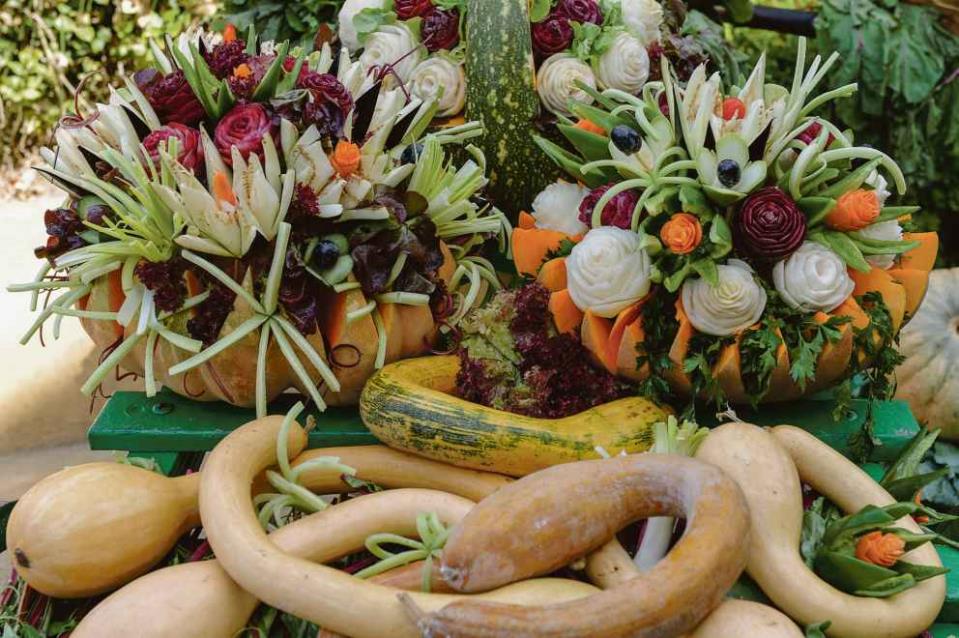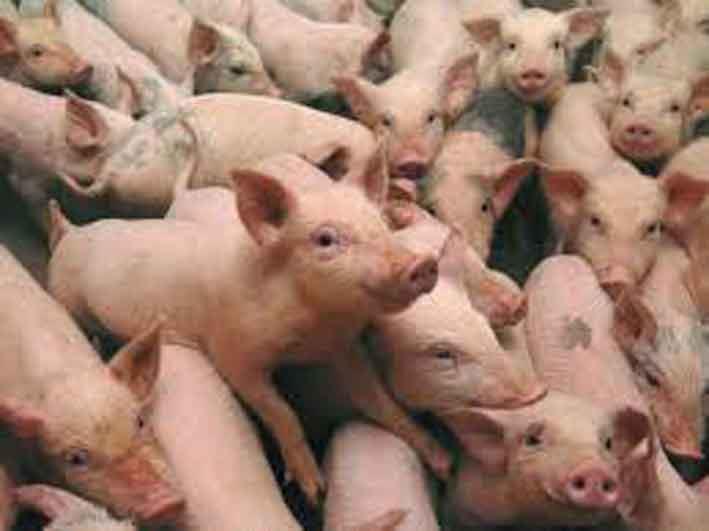Agricultural income in Malta declined by a sharp 9.4% between 2016 and 2017, meaning that the agricultural income in the country has collectively fallen by about a third since 2010, a report published by the European Union’s statistics body Eurostat found.
Finland (-9.2%) and Slovenia (-7.3%) also registered sharp falls, along with another two member states which registered more moderate falls. However, there were strong rises in the range of 20% to 35% in Germany, Luxembourg, Ireland and Lithuania, often to levels much higher than those in 2010 (which was the study’s chosen base year).
This is despite the fact that Malta is one of only two countries (Ireland being the other) that bucks a long-term trend of decline in the volume of total labour used by the agricultural industry in all member states from 2005 to 2017.
The number of people working in the primary agricultural sector has been in decline for many years; in the period between 2005 and 2016, the average rate of decline in the amount of agricultural labour used across the EU as a whole was -2.5 % per year. Although the downward trend continued in 2017, the rate of decline (-1.2%) was slower, the report said.
This being said, the volumes of labour used in Malta remained stable in 2017 and registered an increase of 1.6 % per year on average in the long term. Ireland was the only other to register such an increase, at 0.6 % per year on average.

Eurostat said in the report that the general decrease in the agricultural labour force reflected both push and pull factors; there have been great strides in mechanisation and efficiency on the one hand and, on the other, a wider choice of attractive job opportunities in other sectors of the economy.
Agriculture remains a big employer within the EU: 9.7 million people within member states work in agriculture, equating to 4.2% of the total employment in the EU in 2016.
Malta holds the third lowest percentage of citizens employed in this industry when compared to total employment, only ahead of the UK and of Luxembourg. Agriculture is, meanwhile, a particularly big employer in Romania, accounting for just less than one in every four persons (23%) employed in the country, as well as in Bulgaria (17.5% of total employment), Greece (10.7%) and Poland (10.1%)
Farming remains a male-dominated profession, with the gender imbalance in the industry being particularly strong in Malta: only 6% of all farmers are female. Only the Netherlands has less female farmers, with 5.2% of the total number of farmers in the country being women, whilst Denmark (7.7%) and Germany (9.6%) also have strong disparities. There was a closer gender balance in Latvia and Lithuania (each had a 44.9% share of farmers that were female).
The level of investment in EU agriculture was very similar in 2017 to that in 2009, the report said, although it did find some fluctuations in the intervening years. Malta was one of those countries where there were strong contractions in investment growth, at -6.8% per year on average. Other countries experiencing similar contractions were Greece (-4.7% per year on average), Luxembourg (-6%), and Croatia (-8.7%).
At the other end of the spectrum, there was particularly strong investment growth in Lithuania and Latvia (an average 18.1 % and 11.8 % per year respectively), although the report noted that this should be seen as timing with relative lows in 2009.
It was noted that 96.5% of the total farms in Malta were of a small nature and were less than five hectares in area. The share of small farms is the highest of all EU member states, and is followed by Cyprus (89.6%), Bulgaria (82.6%), Hungary (81.4%), Greece (77.3%), Portugal (71.5%) and Croatia (69.5%), as well as in particular regions of others such as the southern parts of Poland and coastal regions of Spain and Italy.
The report said that a number of small farms in certain Member States and regions reflects a mixture of crop specialisation (such as small olive groves and vineyards), of wide land ownership, topographical constraints and tradition.
Conversely, the highest share of larger farms with an area totalling 50 hectares or more can be found in Luxembourg, where 51.8% of the country’s farms are of such a size. The little landlocked country is followed by France (41.3%), the United Kingdom (38.6%) and Denmark (35.3%).

Livestock: Bovine and pig populations at lowest levels in a decade, sheep and goat population stable
Through an analysis into statistics for livestock population one can extract various notable numbers in Malta’s case.
Firstly, the data used by the report notes that both Malta’s bovine and pig population are at its lowest since data started being taken in 2009. The bovine population in 2017 in fact stood at 14,180, whilst it stood at 16,260 in 2009. The pig population meanwhile has seen sharper declines, with today’s population being around half what it was in 2010. In fact the number of pigs in Malta in 2010 was 69,280. This dropped to 46,290 in 2011 and a steady decline has been registered ever since 2013, when the population stood at 49,450, to the presently released statistics for 2017, which noted that population was of 34,010.
The number of sheep registered in 2017 meanwhile was of 11,740 – which continued the slight upward trend which has been ongoing since 2016 when the population stood at 10,530. The number of goats meanwhile also increased to 5,160 – once again continuing a slight upward trend which has been ongoing since 2013 when the population stood at 4,600.

Fisheries: Malta contributes 57.4% of the EU’s Bluefin Tuna farming
The report also delved into the fisheries sector, where it found that Malta was one of only three member states that has an industry which farms the Atlantic Bluefin Tuna, and that the country is responsible for 57.4% of EU production in this industry.
This equates to 10,102 tonnes farmed in 2016 – the highest ever number since statistics started being taken by Eurostat in 2008. For comparison’s sake, 8,050 tonnes of tuna were farmed in 2015, 5,451 tonnes in 2014, and 6,123 tonnes in 2013.
The other two countries engaged in Bluefin Tuna farming are Spain and Croatia. While Malta and Croatia farmed Atlantic tuna in the Mediterranean Sea only, Spain also farmed a small proportion in the North East Atlantic.
This all being said, the report found that over the past decade, Malta’s fishing fleet had declined – much like the absolute majority of all other EU member states. The report noted that Malta’s fishing fleet stood at 1,125 in 2008, and that in 2017 it stood at 929 – signifying a decrease of 18.5%.
This signifies a decrease of 4,435 tonnes in Malta’s fishing fleet. In the shorter term, Malta’s fishing fleet tonnage had increase by 14 tonnes between 2016 and 2017 – putting to a stop a downward trend which had been ongoing since 2009.
For comparison’s sake, the total EU fishing fleet size decreased from 85,441 in 2008 to 82,737 in 2017 – a decrease of 3.2%. Only Estonia, the Netherlands and Poland had larger fleets in 2017 than in 2008, although it can be concluded that the increase in these fleets was due to the use of smaller vessels as only Finland registered an increase in tonnage over the past decade.
The report took focus on the EU’s aquaculture industry as well, and noted that aquaculture accounts for 77.8% of Malta’s total fisheries production. Other Mediterranean and also Black Sea countries registered high level of aquaculture involvement in the fisheries sector: Cyprus (aquaculture accounted for 81.7% of total fisheries production), Greece (65.7%), Romania (63.7%), Bulgaria (59.1%) and Italy (43.5%).
The major role that aquaculture plays in these countries, can be explained by noting that in these countries, sea-fishing is generally carried out using small-scale vessels with an average capacity lower than the EU average.
The data within this article was extracted from the recently published 2018 edition of Eurostat’s Agriculture, Forestry and Fisheries statistics book.